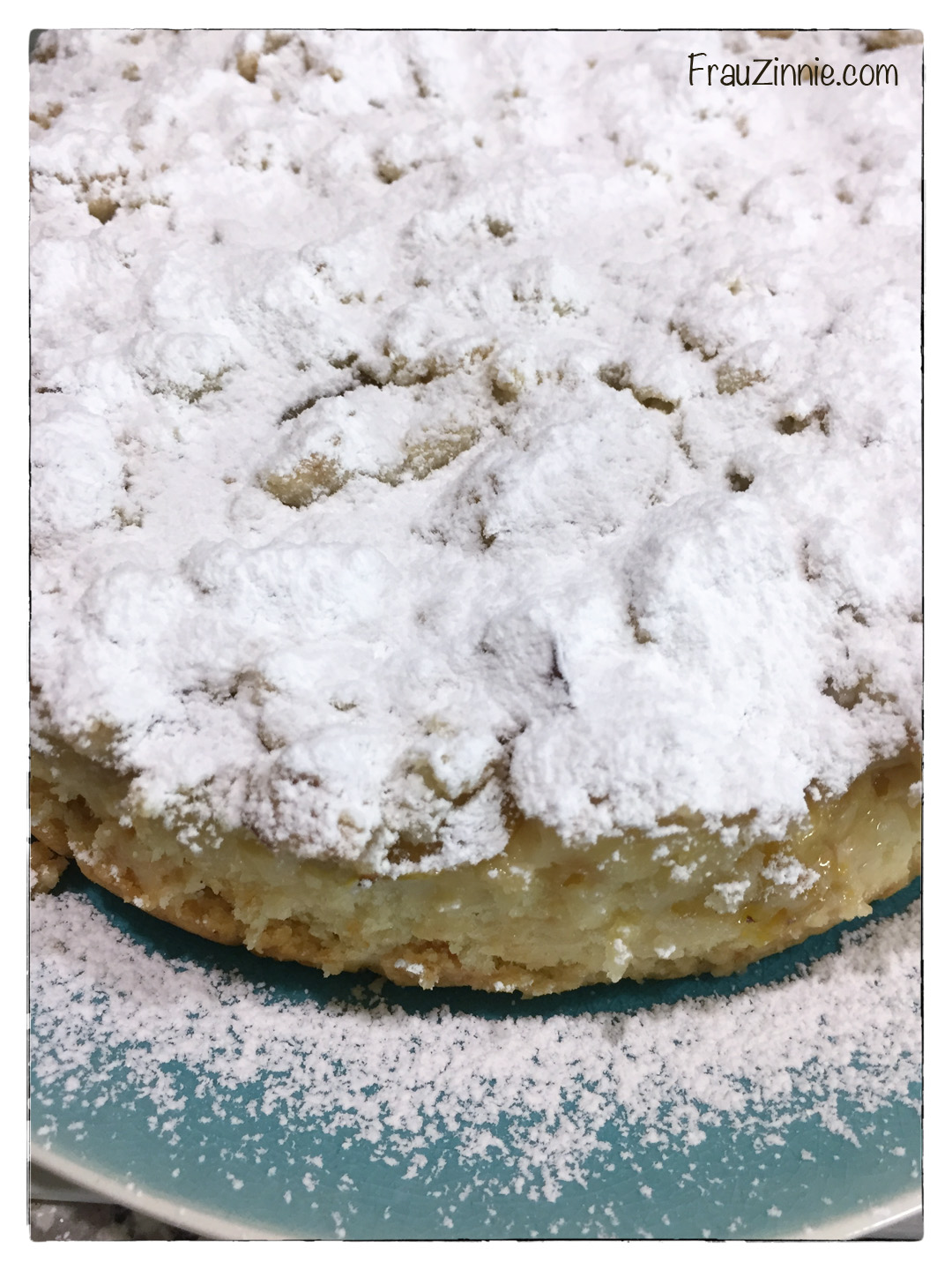As for the flowers, in the front garden the phlox are in the final stages of their show, after performing heavily throughout August. I've been trying to keep up with deadheading all flowers, but it takes a lot of time to do, and honestly it hasn't been a priority. But overall, the garden looks healthy and alive.
Here are some highlights from this week in the garden:
My mandevilla vine (above) is blooming constantly. It is right near the hummingbird feeder. I have limited myself to one feeder this year in efforts to keep up with replenishing the food. Also by the front door are the two giant Hollywood Hibiscus* plants from J. Berry Nursery, which I was lucky enough to sample this summer. This is my third year growing plants for J. Berry, and each year they seem to perform better in my Zone 6 garden. Below is 'Hot Shot' (red) and 'First to Flirt' in my giant blue ceramic planters. They are paired with euphorbia and dichondra. (To see what they looked like earlier in the season, click here.)
Keeping up with the red and orange theme, I love how reliable the Proven Winners 'Vermillionaire' cuphea is in attracting hummingbirds!** It is doing very well in the container in the front garden near the bird bath.
As I mentioned earlier, I've begun releasing monarch butterflies that I have raised from caterpillars. Here is one female butterfly that I released earlier this week. I named her Diana, and she came out of her chrysalis on Monday during the solar eclipse. The joe pye weed has been a hit not only with the butterflies but all the bumblebees as well.
Over to the vegetable side is an update on the tomato plants I'm growing from Burpee.*** Below is 'Oh Happy Day' and 'Gladiator.' I can't wait til they ripen! (The 'Gladiator' variety had some tomatoes already ripen but it was while I was in California, so my neighbor was able to enjoy them instead!)
The Kieffer pears are getting close to harvest, and I'm trying to figure out ways to deter the squirrels from ravaging them as they did the plums in July.
I know it happens to everyone, but this grape plant was supposed to produce a white grape. It's definitely a purple. And not sweet. And I have no idea how to make wine. Time to learn, I suppose!
In the back garden, I was delighted to find this huge garden spider! (My husband was not so happy. He's not a fan of spiders in general, but I let him know which area of the garden to avoid.) I hope he (she?) eats many, many mosquitoes!
And closing out the tour this week is my Garden Blogger Fling inspired container. The coleus I planted with the various hostas and elephant ears have really taken off! And of course, it had to include the dichondra, my new favorite trailing plant. (In the background, Virginia creeper scales the fence.)
What's growing and blooming in your garden this week?
** Proven Winners provided me with sample plants to try out this growing season. The cuphea is one of the sample annuals.
*** I was part of the Burpee sampling program this summer and was provided with plants to grow. I will be filling out a survey soon on how they performed in my garden.























































